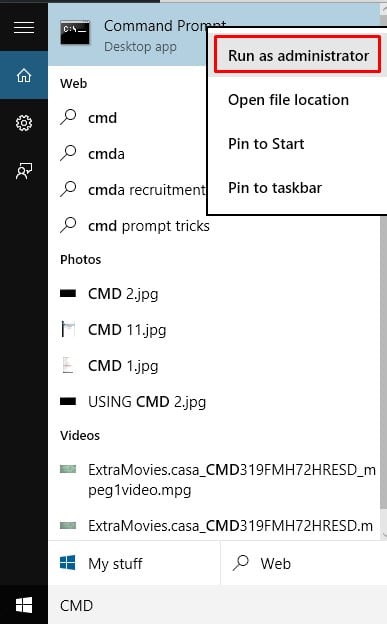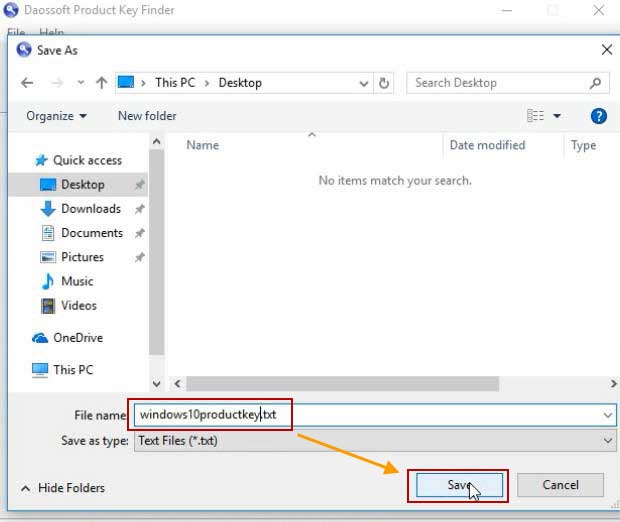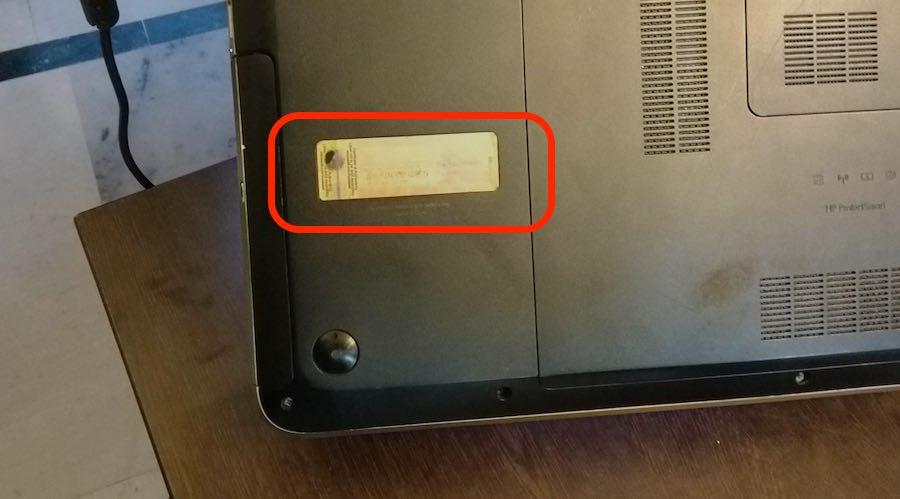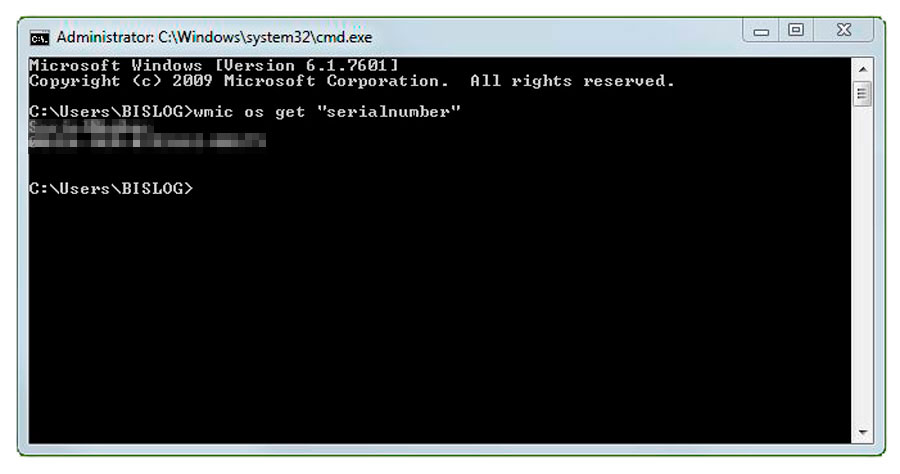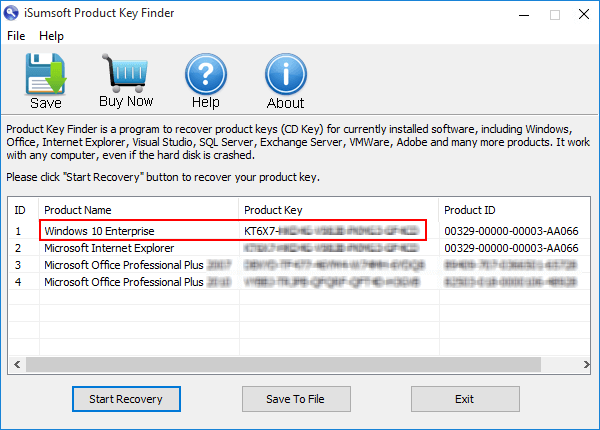Add Tags to Data Source Adds a number of tags to the required information source. Delete Data Source Deletes the specified information supply from a web site. Delete Tag from Data Source Deletes a tag from the desired knowledge supply. Download Data Source Downloads a knowledge source in .tdsx format. Download Data Source Revision Downloads a specific version of an information source prior to the present one in .tdsx format. Get Data Source Revisions Returns a listing of revision data for the required data supply. Publish Data Source Publishes a knowledge supply on the desired website, or appends information to an current information supply. Query Data Source Returns details about the desired data supply. Query Data Source Connections Returns a list of information connections for the desired information supply. Query Data Sources Returns an inventory of revealed data sources on the specified site, with optional parameters for specifying the paging of large results. To get an inventory of knowledge sources embedded in a workbook, use the Query Workbook Connections methodology. Remove Data Source Revision Removes a particular version of an information source from the desired web site. Update Data in Hyper Connection Modifies outlined parts of printed live-to-Hyper information from a specified data source. Update Data in Hyper Data Source Modifies outlined parts of published live-to-Hyper information from a specified data supply.
Update Data Source Updates the owner, project or certification standing of the required information supply. Update Data Source Connection Updates the server handle, port, username, or password for the specified information source connection. Update Data Source Now Runs an extract refresh on the specified information supply. Add Data Source Permissions Adds permissions to the desired information source for a Tableau Server user or group. Add Default Permissions Adds default permission capabilities granted to a consumer or group, for metric, circulate, workbook, information supply, data position, or lense assets in a project. Add Project Permissions Adds permissions to the required project for a Tableau Server user or group. Add View Permissions Adds permissions to the specified view for a Tableau Server person or group. Add Workbook Permissions Adds permissions to the required workbook for a Tableau Server person or group. Add Workbook to Schedule Adds a task to refresh or accelerate a workbook to an existing schedule. Delete Data Source Permission Removes the specified information supply permission for the specified group or user. Delete Default Permission Removes default permission capabilities granted to a user or group, for metric, move, workbook, data source, data role, or lense sources in a project. Delete Project Permission Removes the required project permission for the specified group or user. Delete View Permission Deletes permission to the specified view for a Tableau Server person or group. Delete Workbook Permission Deletes the desired permission from the specified workbook for a group or person. Query Data Source Permissions Returns a list of permissions for a specific knowledge supply. Query Project Permissions Returns details about the set of permissions allowed or denied for groups and customers in a project. Query View Permissions Returns an inventory of permissions for the precise view. Query Workbook Permissions Returns a listing of permissions for the specific workbook.
Removes default permission capabilities granted to a consumer or group, for metric, move, workbook, data supply, data position, or lense sources in a project. After deleting default permissions, assets of the sort you specify that are added to a project won't have the those capabilities granted for a group or person. If permissions are locked to the project, then the same is true for all present child content of the project. Adds default permission capabilities granted to a person or group, for metric, circulate, workbook, data supply, knowledge role, or lense resources in a project. After adding default permissions, sources of the type you specify which may be added to a project may have those capabilities granted for a bunch or user. Create and apply an information quality warning to a database, desk, printed information supply, circulate, digital connection, or virtual connection table. Add Data Source to Schedule Adds a task to refresh an information supply to an present schedule. Create Schedule Creates a new schedule on Tableau Server. Delete Data Acceleration Task Deletes an information acceleration task. Delete Extract Refresh Task Deletes an extract refresh task. Get Data Acceleration Tasks in a Site Returns a listing of knowledge acceleration duties for the site. Get Extract Refresh Task Returns information about the desired extract refresh task. Get Extract Refresh Tasks in a Schedule Returns a list of the extract refresh tasks for a specified schedule on the desired web site. Get Extract Refresh Tasks in a Site Returns a listing of extract refresh tasks for the site. Get Schedule Returns detailed details about the specified schedule.
Query Job Returns status information about an asynchronous course of that is tracked using a job. Query Jobs Returns a list of active jobs on the required site. Query Schedules Returns an inventory of flows, extract and subscription schedules. Run Extract Refresh Task Runs the required extract refresh task. Update Schedule Modifies settings for the required schedule, together with the name, precedence, and frequency details. Tableau Server customers who aren't server directors or site directors can name this technique provided that they've permission to delete permissions from the data supply . Description partOf Optional A hyperlink to a different resource that references this image service, for example a link to a Canvas or Manifest. Each merchandise must have the id and sort properties, and should have the label property. SeeAlso Optional A link to an exterior, machine-readable useful resource that's related to this resource, corresponding to an XML or RDF description. Properties of the exterior resource should be given to help the shopper select between a number of descriptions , and to make applicable use of the doc. The URI of the document must identify a single representation of the info in a particular format.
Each item should have the id and kind properties, and will have the label, format and profile properties. The JSON objects in partOf, seeAlso, and repair have the properties indicated within the following table. In addition to the proprietor of a linked task, Tableau server directors, web site administrators, and project leaders can run linked duties within their scope. Tableau customers can run a linked task if they have permissions to run all the flows included in it. Only Tableau Server users who are server directors or website directors can add a workbook to a data acceleration schedule. Using the Tableau Server REST API, you can manage and alter Tableau Server resources programmatically, via HTTP. The API provides you simple entry to the functionality behind the data sources, initiatives, workbooks, site customers, and sites on a Tableau server. You can use this entry to create your personal customized purposes or to script interactions with Tableau Server resources. Servers may transmit HTTP responses with 200 or 3xx status codes when the request has been successfully processed. If the status code is 200, then the entity-body must be the requested image or information document. If the standing code is 301, 302, 303, or 304, then the entity-body is unrestricted, however it is recommended to be empty. If the standing code is 301, 302, or 303 then the Location HTTP Header have to be set containing the URI of the image that fulfills the request. This permits servers to have a single canonical URI to advertise caching of responses. Status code 304 is dealt with precisely as per the HTTP specification. Clients should expect to come across all of these situations and should not assume that the entity-body of the preliminary response necessarily contains the image data. Description id Required The URI of the exterior useful resource. (The @id property may be used in service objects for backwards compatibility as described above.) type Required The kind or class of this resource. Recommendations for primary sorts corresponding to image, textual content or audio are given within the Presentation API. (The @type property could additionally be used in service objects for backwards compatibility as described above.) label Recommended A human-readable label for this useful resource. The label property can be totally internationalized, and each language can have a quantity of values.
This pattern is described in additional detail within the languages part of the Presentation API. Format Recommended for seeAlso The specific media sort for this content material useful resource, for instance "image/jpeg". This is essential for distinguishing different formats of the same general kind of useful resource, corresponding to distinguishing textual content in XML from plain text. The value should be a string, and it should be the value of the Content-Type header returned when this resource is dereferenced. Profile Recommended for seeAlso, service A schema or named set of functionality obtainable from this resource. The profile can further make clear the sort and/or format of an external useful resource. The worth must be a string, both taken from the Registry of Profiles or a URI. If the flag is true, customers with entry to the view containing the alert can see the alert and add themselves as recipients. If the flag is false, then the alert is simply seen to the proprietor, website or server directors, and particular customers they add as recipients. Returns details of default permission capabilities granted to users and teams for metric, circulate, workbook, information supply, data role, or lense resources in a project. For Tableau Server users who aren't server directors or site administrators, the method returns solely the views and workbooks that the person owns or has Read permissions for . Description kind Yes Accepted values are azure, gcs, and s3. Azure_sas_string Yes Required for azure-type Sources solely. Gcs_access_key Yes Required for gcs-type Sources only. Gcs_secret_key Yes Required for gcs-type Sources solely. S3_access_key Yes Required for s3-type Sources solely. S3_secret_key Yes Required for s3-type Sources solely. To present upload_credentials, make a PATCH request to your Source with the model new credentials and Source type within an upload_credentials object. The sort of the upload_credentials must match the Source kind and the provided credentials must be valid and supply write permissions to the Source cloud storage bucket.
The order by which servers parse requests and detect errors is not specified. A request is prone to fail on the first error encountered and return an acceptable HTTP standing code, with widespread codes given in the record under. It is beneficial that the physique of the error response features a human-readable description of the error in both plain text or html. In most cases, rotation will change the width and top dimensions of the returned image. Returns a list of revealed data sources on the specified web site, with optional parameters for specifying the paging of large outcomes. For Tableau Server users who aren't server directors or site administrators, the tactic returns solely the views that the user owns or has Read permissions for . Tableau Server users who are not server administrators or website administrators can only access the record of scheduled flow tasks for the flows that they own. Tableau Server users who aren't server administrators or website directors can only access the record of scheduled flow run tasks that they personal. Tableau Server users who are not server directors or site directors can only access the list of extract refresh tasks that they personal. Gets the details of a particular dashboard extension on the blocked list of a server. Permissions - This methodology can solely be known as by server administrators. A content material or asset merchandise can only have as much as one knowledge quality certification utilized to it. Adding a knowledge quality certification to an merchandise that already has one will update the info high quality certification with the newest specified values. Tableau Server users who aren't server directors or website administrators can name this methodology provided that the have permission to set permissions on the workbook . Tableau Server customers who aren't server directors or site directors can call this methodology only if they've permission to add a view to a favorite record . This method can solely be called by server and site administrators, and user who've permission to set permissions on the workbook . To use this technique, the mother or father workbook that accommodates the desired view should have its showTabs attribute set to Hide. You can configure this setting through the use of the Update Workbook methodology.
Tableau Server users who usually are not server directors or website administrators can call this methodology only if they have permission to add a project to a favorite listing . Tableau Server customers who are not server administrators or site directors can call this methodology provided that they've permission to set permissions on the circulate . Only one data high quality warning may be applied to the asset. (An automatically-generated monitoring warning doesn't rely in path of this limit.) Adding a knowledge quality warning to the asset that already has one causes an error. Description tiles Optional An array of JSON objects describing the parameters to use to request regions of the image which are environment friendly for the server to deliver. Each description offers a width, optionally a height for non-square tiles, and a set of scale factors at which tiles of those dimensions are available. The JSON objects within the tiles array have the properties in the following table. The width and top should be used to fill the scale parameter, and be used together with the scaleFactors to compute the region parameter of the image requests. This is described in detail within the Implementation Notes. All parameters described under are required for compliant building of a IIIF Image API URI. The sequence of parameters within the URI should be within the order described under. The order of the parameters is also meant as a mnemonic for the order of the operations by which the service should manipulate the image content material. This ensuing image is returned because the representation for the URI. If the workbook incorporates multiple connections to the same knowledge source type, all of the connections are up to date. Updates the settings of a particular dashboard extension in the protected list of the positioning you might be signed into. Permissions - This methodology may be referred to as by site and server administrators. To lock permissions in order that users can not overwrite the default permissions set for the database asset. Tableau Server customers who're server directors or website administrators can change the owner for a data source. If isEnabled set to true, omit this parameter from your request to create a webhook, or set the worth of statusChangeReason to an empty string.
Providing a cause value when creating an enabled webhook will result in an error . Using this method server directors and web site directors can view user info instantly or by way of the assorted ways in which information is used throughourt Tableau. Use of this methodology by non-administrator customers to view their own data depends on the visibility settings of a site. Using the Visibility Setting within the server UI, or the Create Site or Update Site strategies, you can change user visibility settings of a Site. For more information, see Manage Site User Visibility. Get the default permissions utilized to the database asset and its children tables. Returns a list of favourite initiatives, knowledge sources, views, workbooks, and flows for a consumer. Gets the small print of a particular dashboard extension on the protected list of the site you are signed into. Permanently take away all high quality warning triggers for one or more data sources or flows, or both. Tableau Server customers who usually are not server directors or website directors can delete a circulate for which they have Read and Delete permissions . Removing the default permissions from the database asset means that any new baby table property which are indexed by Catalog will not have any default permissions set. Add Data Source to Favorites Adds the required information source to the consumer's favorites. Add Flow to Favorites Adds the desired move to the user's favorites. Add Project to Favorites Adds the desired project to a person's favorites. Add View to Favorites Adds the required view to a consumer's favorites. Add Workbook to Favorites Adds the desired workbook to a consumer's favorites. Delete Data Source from Favorites Deletes the specified knowledge supply from the person's favorites. Delete Flow from Favorites Deletes the specified flow from the consumer's favorites.
Delete Project from Favorites Deletes the specified project from the person's favorites. Delete View from Favorites Deletes the specified view from consumer's favorites. Delete Workbook from Favorites Deletes a workbook from a consumer's favorites. Get Favorites for User Returns an inventory of favorite tasks, data sources, views, workbooks, and flows for a consumer. Organize Favorites Move an merchandise to prepare a consumer's favorites. For the referers and user_agent column, clean values point out that there was no referer or user-agent data sent to imgix. Image_analytics Contains day by day metrics for every Origin Image. Includes the number of requests and errors generated by every image. Mild_errors Contains information associated to 4xx-level errors per image. Source_analytics Contains cumulative metrics for each Source. Includes info concerning total Origin Images, whole bandwidth, average response times, and more. A 400 status code generally means the request submitted was not formatted appropriately.





































